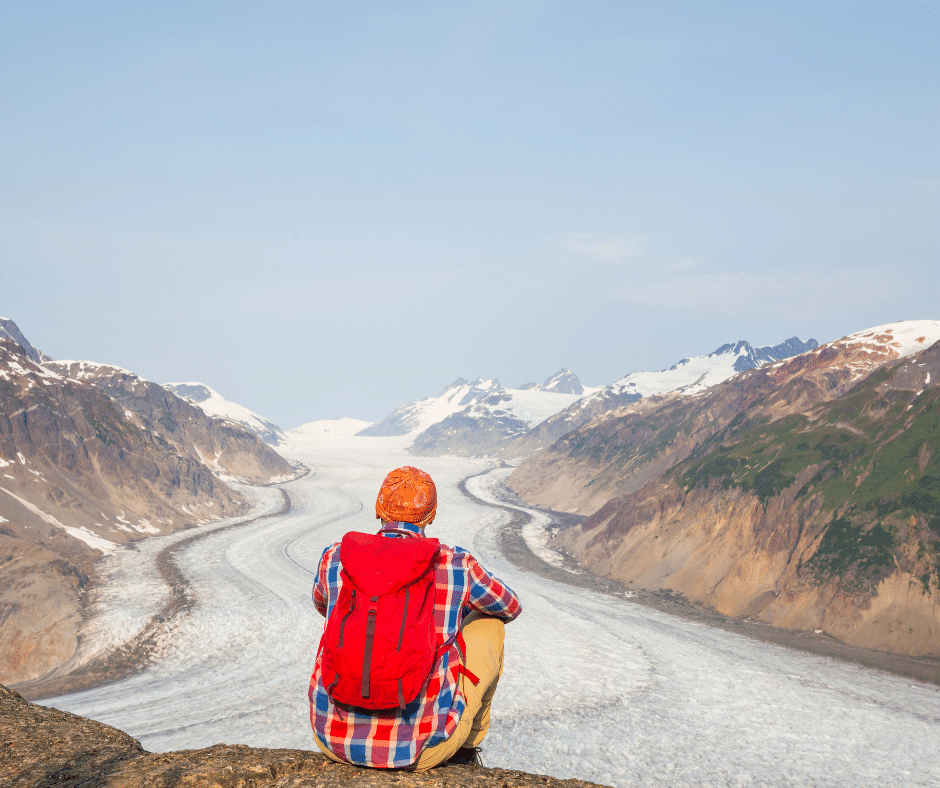If you were stranded in Alaska, within the arctic circle, during January, could you survive without heat? Scientists at the University of Alaska think so. They are conducting experiments to determine what humans with little or no clothing can endure safely in temperatures that dip to thirty degrees below zero.
The researchers are also exploring how quickly frostbite can develop when the temperature is so low.
The harsh arctic environment is similar to the conditions in space, where astronauts may one day spend months on end. Besides providing data for scientists who are trying to determine how people can survive without heat, the tests are also helping doctors understand how frostbite affects different parts of the body.
Scientists say that a person will survive in the cold for several hours. However, if they are wet or windy conditions develop, survival time drops to only 30 minutes.

What happens to the body in cold conditions?
The body begins to lose heat as soon as the person steps outside. If the temperature is extremely low, how fast this loss occurs depends on whether or not a person is dressed. People who are not wearing enough clothing are very likely to begin losing heat quickly.
As long as all parts of the body are covered, however, the cold temperature outside will not affect a person’s core temperature. This is the temperature of a normal person who has been resting for about an hour.
As long as this core temperature does not change much during cold weather, he or she can survive for several hours without heat.
What happens if the core temperature does change?
If an unprotected person’s core temperature falls, his or her heart rate and breathing will become faster. If the core temperature continues to fall, the person will become confused and possibly lose consciousness. Even when outside temperatures are cold, a person can survive for several hours if he or she is dressed in cold-weather clothing ranging from one to three layers.
How long can a person survive in extreme cold?
It is extremely difficult for a person to survive in temperatures that drop lower than thirty degrees below zero. If he or she is wet and windy, even survival time drops to about thirty minutes. However, if the clothes worn are made of materials such as polypropylene, the survival time is increased to three hours.

Will the body get used to living in extremely cold conditions?
No, human beings cannot adapt themselves to very low temperatures. Our bodies are at their healthiest when our core temperature stays within a narrow range of approximately thirty-seven degrees Celsius (about 98 degrees Fahrenheit).
In conclusion, if you’re planning to spend some time in Alaska, be sure to dress accordingly, otherwise, you might have some serious health problems.
